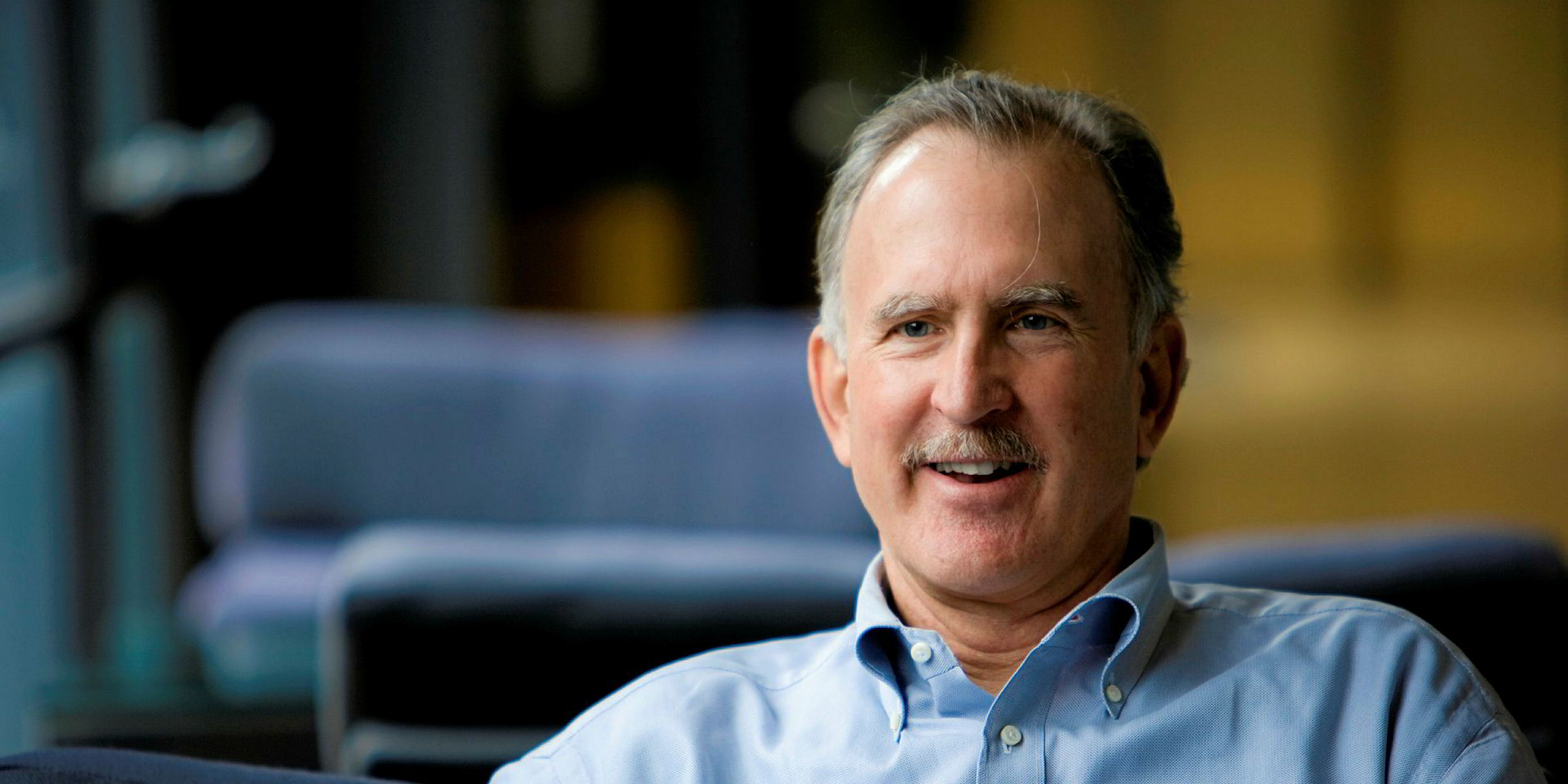2017 was a year of big changes for Pattern Energy, the US-based wind yieldco.
As part of a package of “key strategic initiatives”, Pattern announced Canada’s deep-pocketed Public Sector Pension Investment Board (PSP) as its largest shareholder, and the yieldco made the decision to expand from its core business operating wind farms into the less-certain world of project development.
But as 2018 begins, chief executive Mike Garland is confident that Pattern’s new strategic contours have it on track to meet its ambitious goal of nearly doubling its operating fleet to 5GW by 2020, in spite of lingering investor scepticism towards yieldcos nearly two years after SunEdison’s bankruptcy.

